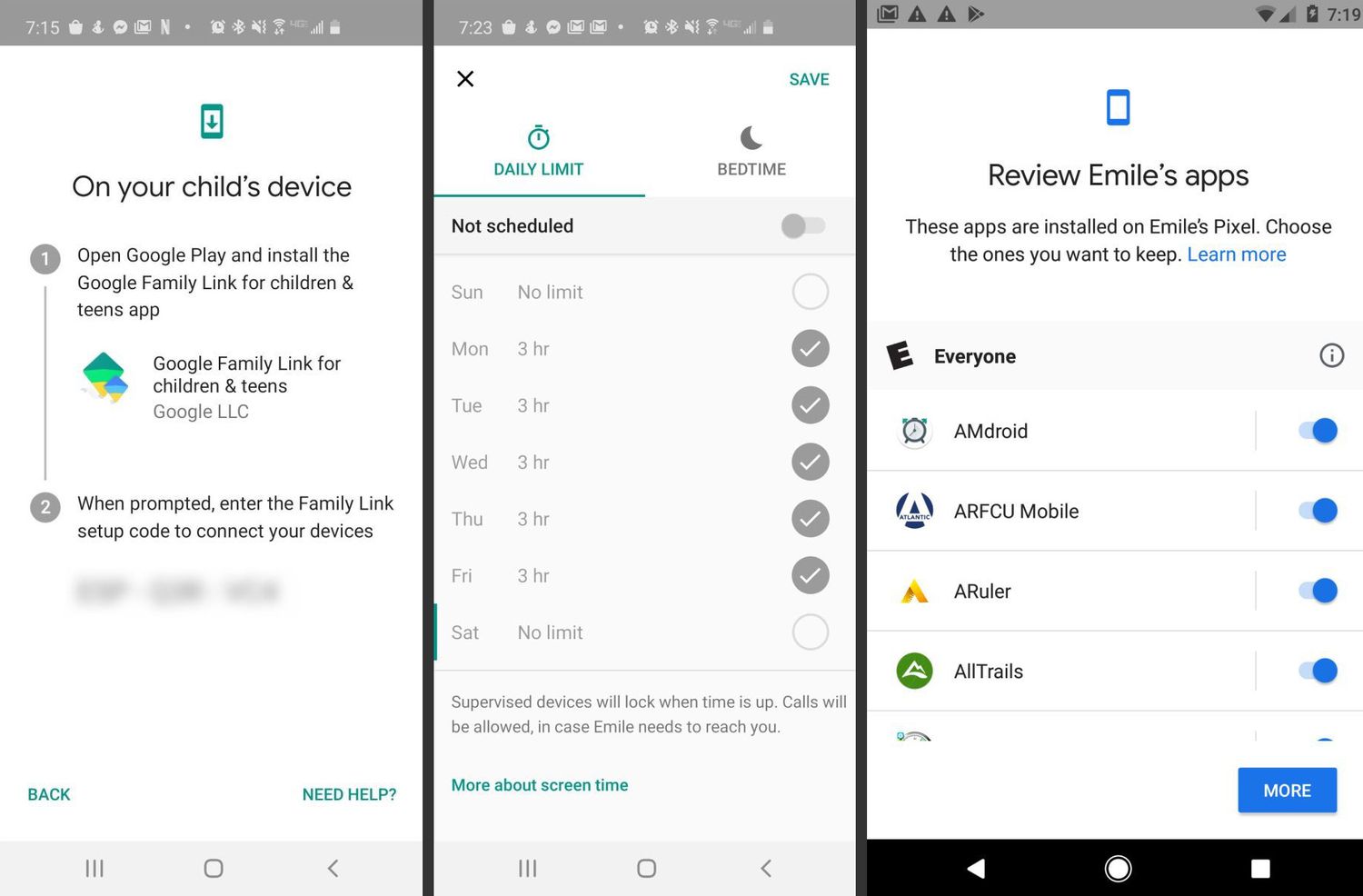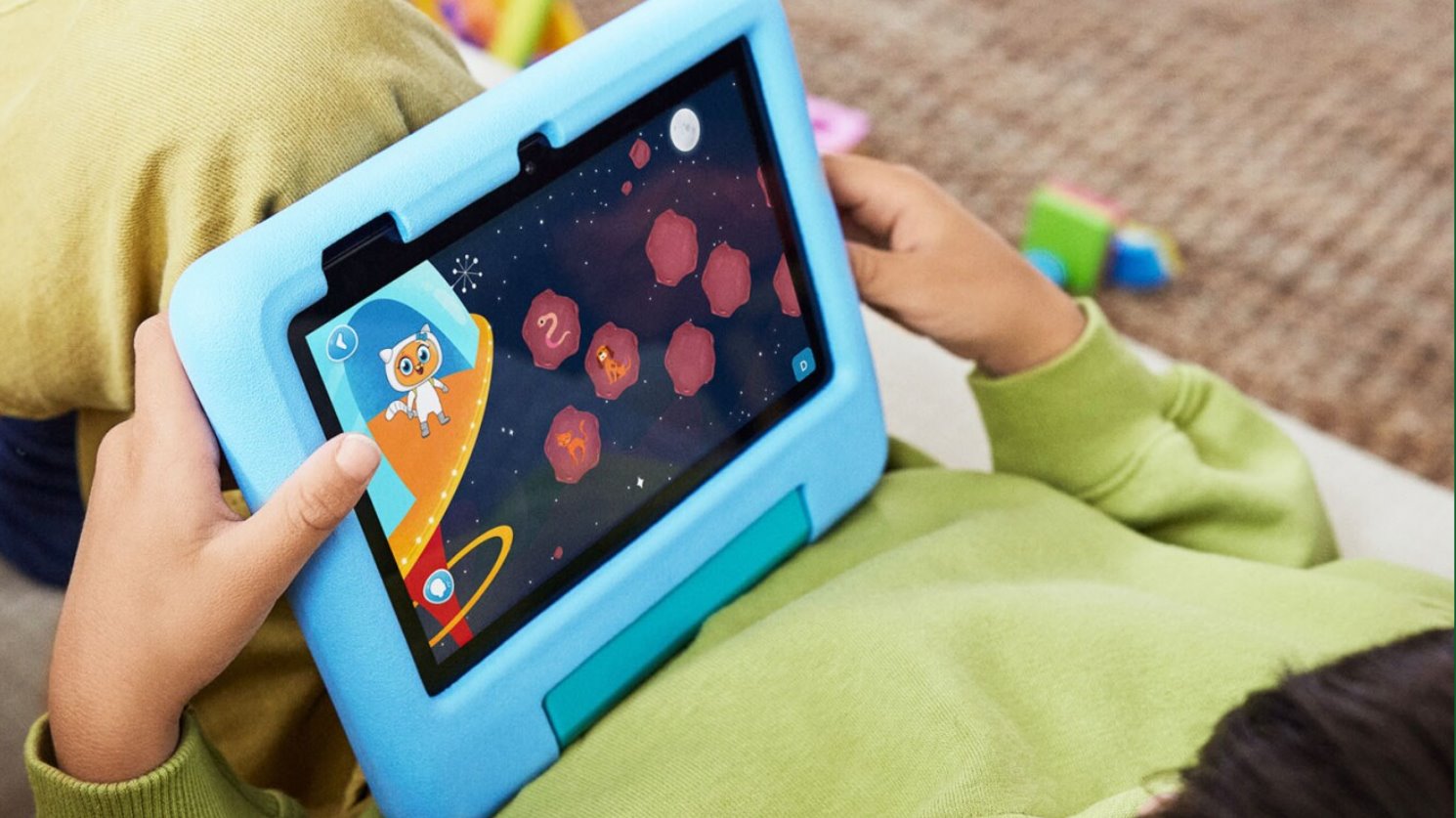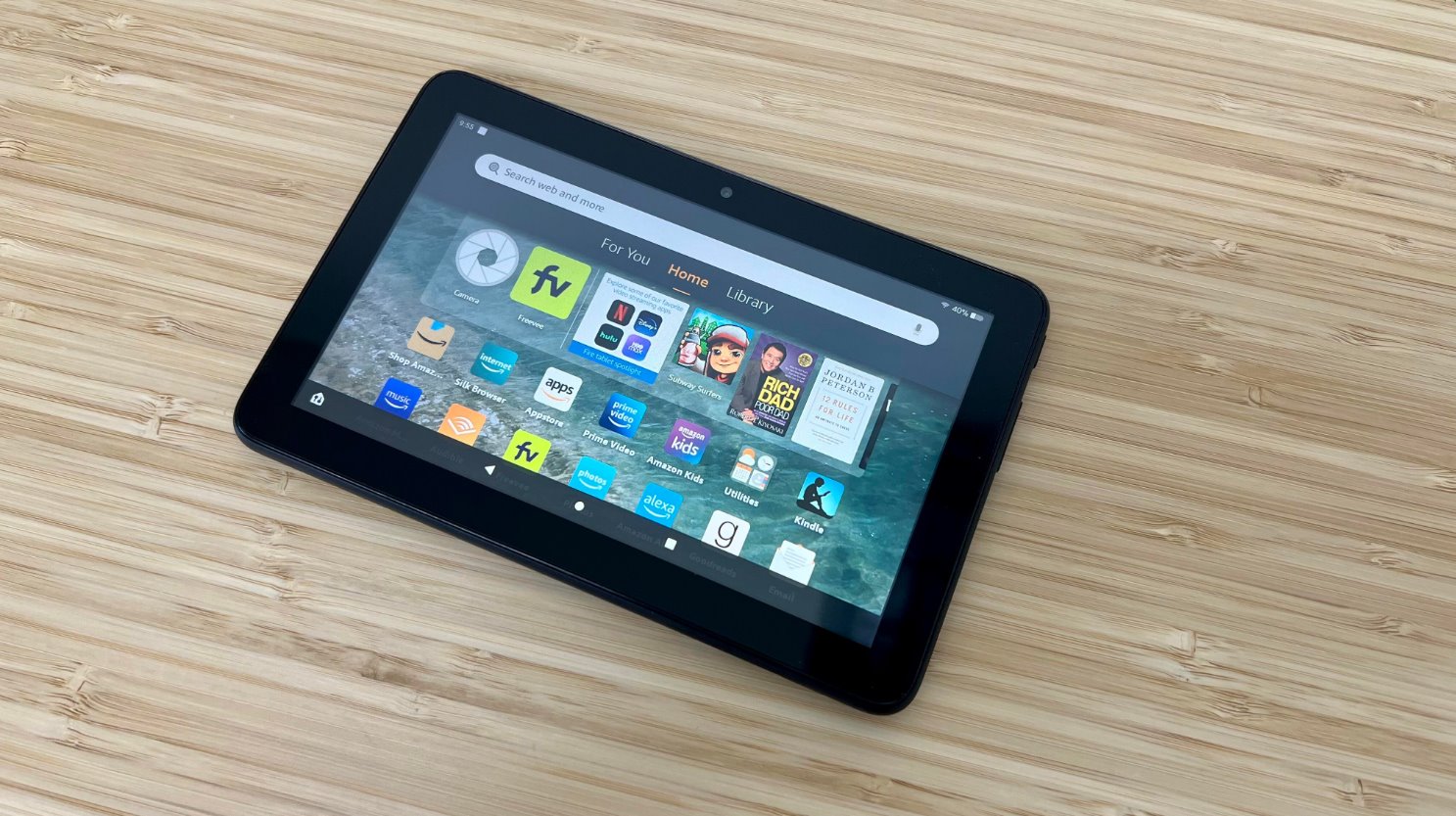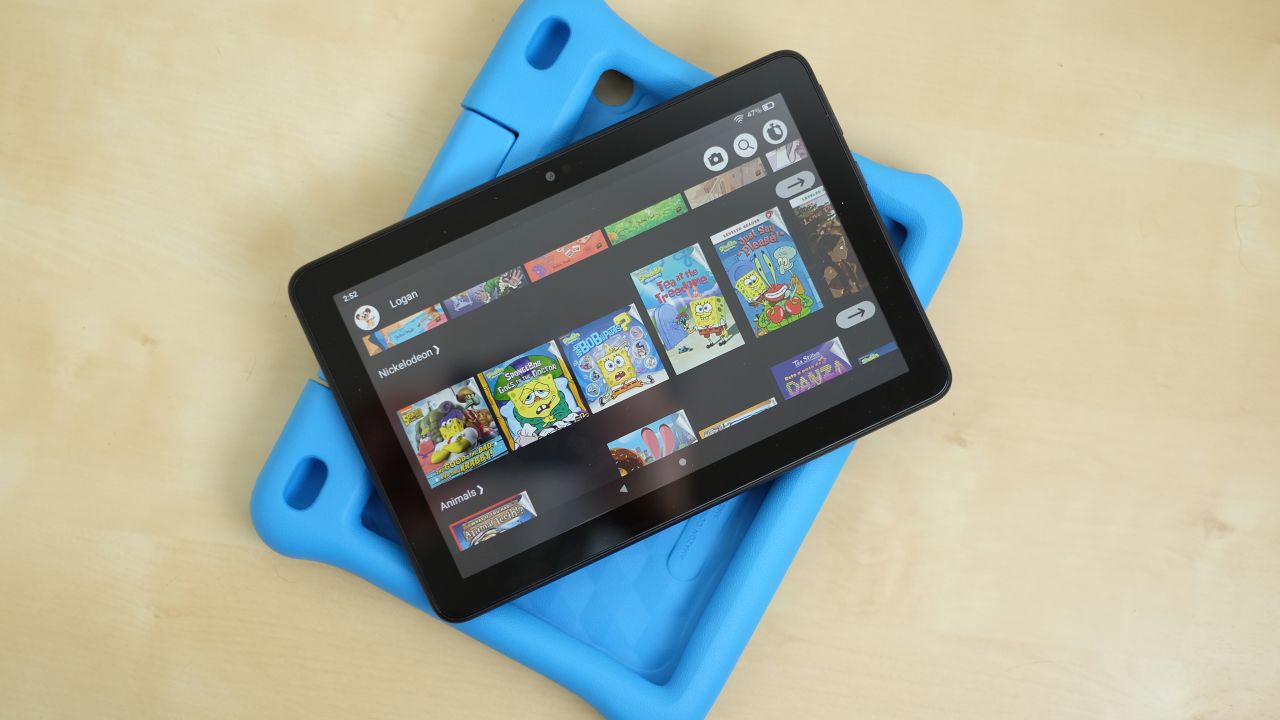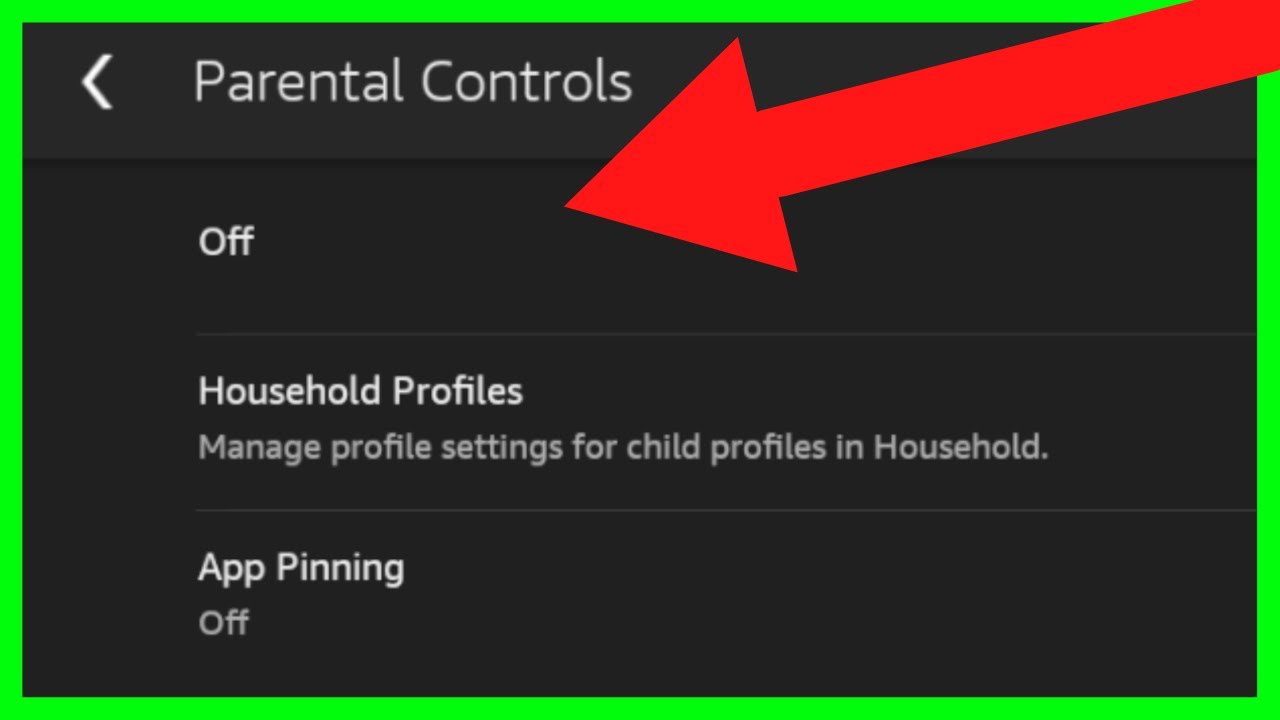Choosing the Right Tablet for Your Child
When it comes to choosing a tablet for your child, there are a few factors to consider in order to ensure their safety and provide them with a suitable device for their needs. Here are some important considerations:
- Age-appropriate features: Look for tablets that offer age-specific settings and features. These may include pre-installed educational apps, parental control options, and content filtering capabilities.
- Durable design: Children can be quite rough with their devices, so opt for a tablet that has a sturdy build and is known for durability. Look for models with shock-resistant features and protective cases.
- App availability: Check the app marketplaces to ensure that the tablet you choose provides a wide range of child-friendly apps and games. This will keep your child engaged and entertained while also promoting their learning.
- Battery life: Consider tablets that offer a long battery life to avoid constant interruptions and ensure uninterrupted playtime or learning sessions for your child.
- Screen size and resolution: Depending on your child’s age and visual needs, select a tablet with an appropriate screen size and resolution. Remember that larger screens may be more suitable for younger children, whereas older kids may appreciate higher-resolution displays for reading and multimedia content.
- Parental control features: Look for tablets that offer robust parental control options. These features, such as screen time limits, app restrictions, and content filtering, allow you to create a safe and controlled digital environment for your child.
- Budget: Set a budget and stick to it while selecting a tablet for your child. Opting for mid-range options can still provide quality and safety features without breaking the bank.
Remember, the right tablet for your child will depend on their age, preferences, and your specific requirements as a parent. Take your time to research and compare different models before making a decision.
Setting Up Parental Controls
Setting up parental controls on your child’s tablet is crucial for creating a safe and controlled digital environment. Here are some steps to follow when setting up parental controls:
- Create a separate user profile: Most tablets allow you to create multiple user profiles. Set up a separate profile for your child, which will allow you to apply specific restrictions and settings to their account.
- Enable content filtering: Activate content filtering to block inappropriate websites and apps. This will help protect your child from accessing unsuitable content while using the tablet.
- Set screen time limits: Establish specific time limits for tablet usage. This ensures that your child does not spend excessive amounts of time engaging with digital devices and maintains a healthy balance in their daily routine.
- Restrict app downloads: Disable the ability for your child to download apps without your approval. This prevents them from accessing potentially unsafe or inappropriate applications.
- Block in-app purchases: Activate settings to prevent your child from making any in-app purchases without your consent. This helps to avoid unexpected charges and keeps control over their spending.
- Monitor internet browsing history: Enable browsing history tracking to keep an eye on the websites your child visits. This allows you to ensure they are engaging with appropriate content and identify any potential risks or concerns.
- Restrict access to social media: If your child is not of an appropriate age for social media, block access to social media platforms to protect their online privacy and prevent them from engaging in unsupervised interactions on these platforms.
- Use password protection: Implement password protection for the parental control settings to prevent your child from circumventing the restrictions you have put in place.
By following these steps and configuring the appropriate settings, you can establish effective parental controls on your child’s tablet. Regularly review and update these settings as your child grows and their needs change.
Limiting Screen Time
In today’s digital age, it is essential to implement limits on your child’s screen time to promote a healthy balance between technology use and other activities. Here are some strategies to help you effectively limit your child’s screen time:
- Set clear boundaries: Establish clear rules and guidelines regarding screen time. Communicate these boundaries to your child and ensure they understand the importance of adhering to them.
- Use a timer or app: Utilize timers or screen time management apps to track the amount of time your child spends on their tablet. These tools can help you enforce the predetermined time limits you have set.
- Encourage alternative activities: Provide your child with a variety of engaging and age-appropriate activities that do not involve screens. Encourage them to participate in outdoor play, read books, pursue hobbies, or engage in social interactions.
- Model healthy screen habits: Be mindful of your own screen time and set a positive example for your child. Limit your own device usage when spending time with your child to show them the importance of balance and moderation.
- Designate screen-free zones and times: Establish specific areas or times in your home where screens are not allowed. For example, designate meal times or bedrooms as screen-free zones to promote family interaction and quality sleep.
- Engage in screen time together: When your child is using their tablet, try to participate in their activities occasionally. This allows you to monitor their engagement with appropriate content and have meaningful discussions about what they are watching or playing.
- Encourage physical activity: Promote regular exercise and physical activities to counterbalance sedentary screen time. Encourage your child to participate in sports, outdoor play, or family outings that involve physical movement.
- Establish a daily routine: Incorporate designated times for screen use into your child’s daily routine. This helps them develop a sense of structure and balance, making it easier for them to adhere to the screen time limits you have set.
By implementing these strategies and maintaining consistent communication with your child, you can successfully limit their screen time and promote a healthier and more balanced approach to technology use.
Monitoring and Filtering Content
As a parent, it is important to monitor and filter the content your child can access on their tablet to ensure their online safety and protect them from inappropriate or harmful materials. Here are some effective ways to monitor and filter content:
- Implement content filtering software: Use reputable content filtering software or parental control apps that allow you to block or restrict access to specific websites and apps. These tools can help prevent your child from stumbling upon inappropriate or age-inappropriate content.
- Regularly review app and game ratings: Prior to allowing your child to download or access new apps and games, review the ratings and reviews to ensure they are appropriate and align with your values and guidelines.
- Monitor browsing history: Regularly check your child’s browsing history to gain insight into the websites they have visited. This provides an opportunity to address any concerns or discuss any inappropriate content that may have been accessed.
- Engage in open communication: Establish open lines of communication with your child and encourage them to come to you if they encounter something online that makes them uncomfortable or confused. Create a safe and non-judgmental environment for them to ask questions or seek guidance.
- Stay informed about the latest trends and risks: Educate yourself about emerging online risks and trends, such as cyberbullying or social media challenges, so you can effectively address them with your child. Stay up to date with digital media literacy to actively guide them in making responsible choices.
- Block explicit content: Use built-in options or third-party tools to block explicit content from search engine results. This helps to ensure that your child is not exposed to explicit images or inappropriate search results.
- Regularly check app permissions: Review the permissions requested by the apps your child is using. Ensure that they are not granting unnecessary access to personal information or exposing themselves to potential privacy risks.
- Engage in joint media consumption: Whenever possible, watch or play content with your child. This allows you to monitor their engagement and have discussions surrounding any content or themes that may arise.
Remember, monitoring and filtering content on your child’s tablet is an ongoing process. Regularly assess and adjust the settings and guidelines based on your child’s age, maturity level, and individual needs.
Protecting Your Tablet and Personal Information
Ensuring the security of your child’s tablet and personal information is of utmost importance. Here are some essential steps to take in order to protect your tablet and personal information:
- Set a strong password: Create a strong password or PIN to lock your child’s tablet. This helps to prevent unauthorized access and protects the personal data stored on the device.
- Keep software updated: Regularly update the software and apps on the tablet to ensure you have the latest security patches. These updates often contain important bug fixes and security enhancements that help protect against potential vulnerabilities.
- Install antivirus and security software: Install reputable antivirus and security software on the tablet to detect and protect against malware or other malicious threats. Keep the software updated to minimize security risks.
- Be cautious of public Wi-Fi: Avoid connecting to public Wi-Fi networks on the tablet. These networks may not be secure and could potentially expose personal information. If you must use public Wi-Fi, consider using a virtual private network (VPN) for added security.
- Enable remote tracking and wiping: Activate the device tracking and remote wiping features on the tablet. This allows you to track its location in case of loss or theft and remotely wipe the data to prevent unauthorized access to personal information.
- Teach your child about online privacy: Educate your child about the importance of online privacy and the risks associated with sharing personal information. Teach them to be cautious and discerning when interacting with others online.
- Secure app permissions: Regularly review app permissions and only grant access to the necessary features and information. Be cautious of apps that request unnecessary permissions or access to sensitive data.
- Backup important data: Regularly backup important files, photos, and documents from the tablet. This ensures that even if the device is lost or damaged, valuable information can be easily recovered.
- Encourage safe browsing practices: Teach your child about safe browsing practices, such as avoiding clicking on suspicious links or downloading files from untrusted sources. Encourage them to only visit reputable and age-appropriate websites.
- Monitor app downloads: Regularly review the apps your child has downloaded and remove any that are no longer used or deemed unsafe. Keep an eye out for suspicious or unauthorized app installations.
By following these steps and maintaining vigilance, you can ensure the security of your child’s tablet and protect their personal information from potential threats.
Downloading Educational Apps and Games
One of the great advantages of tablets is the wide range of educational apps and games available that can enhance your child’s learning experience. Here are some key considerations when downloading educational apps and games for your child’s tablet:
- Research before downloading: Take the time to research and read reviews about educational apps and games before downloading them. Look for apps that have positive ratings, are recommended by educators, and align with your child’s interests and learning needs.
- Choose age-appropriate content: Ensure that the apps and games you download are suitable for your child’s age and developmental stage. Consider apps that have been designed specifically for their age group to ensure they are engaging and educational.
- Look for interactive features: Seek out apps and games that offer interactive features to encourage active participation and hands-on learning. Look for elements such as puzzles, quizzes, and challenges that promote critical thinking and problem-solving skills.
- Balance entertainment and education: While it’s important for educational apps and games to be fun and engaging, they should also provide substantial educational value. Look for apps that offer a balance between entertainment and learning to promote effective educational outcomes.
- Consider offscreen activities: Look for apps that incorporate offscreen activities or encourage real-world exploration. This can include activities such as journaling, science experiments, or nature walks to provide a holistic learning experience beyond the screen.
- Engage in joint learning: Whenever possible, participate in learning activities with your child. This allows you to guide and reinforce their learning while also fostering bonding and communication.
- Monitor app usage: Regularly review the apps your child is using and monitor their usage. Ensure that they are engaging with educational content and limit access to apps that are purely for entertainment purposes.
- Encourage creativity and problem-solving: Look for apps that encourage creativity and problem-solving skills. These can include apps that allow your child to draw, create digital art, or build virtual structures.
- Consider multi-subject apps: Explore apps that cover multiple subjects, such as language, math, science, and history. This provides a well-rounded learning experience and helps your child develop a broader range of knowledge.
- Regularly update and refresh: As your child grows and their interests evolve, regularly update and refresh the educational apps and games on their tablet. This ensures that they are continually challenged and engaged with age-appropriate content.
By being discerning and selective when downloading educational apps and games, you can create a rich and engaging learning experience for your child on their tablet.
Encouraging Responsible Digital Behavior
Teaching your child responsible digital behavior is essential for their safety and well-being in the increasingly digital world. Here are some strategies to encourage responsible digital behavior:
- Set expectations and communicate: Clearly communicate your expectations regarding digital behavior to your child. Discuss the importance of being respectful online, maintaining privacy, and using technology responsibly.
- Model positive online behavior: Be a positive role model for your child by demonstrating responsible digital behavior yourself. Show them how to engage respectfully and responsibly in online discussions, and use technology mindfully.
- Teach critical thinking and media literacy: Help your child develop critical thinking skills to evaluate online content critically. Teach them to question sources, fact-check information, and be aware of online scams or fake news.
- Encourage responsible social media use: If your child is of an appropriate age for social media, teach them about responsible social media use. Discuss the importance of privacy settings, being mindful of what they post, and how their online presence can affect their reputation.
- Promote healthy digital habits: Teach your child about the importance of balancing screen time with other activities, such as physical exercise, reading, hobbies, and face-to-face interactions. Encourage them to take breaks and set limits on their device usage.
- Address cyberbullying and online safety: Talk to your child about cyberbullying, explain its potential consequences, and encourage them to report any instances of bullying they experience or witness. Teach them about the importance of keeping personal information private and not interacting with strangers online.
- Empower your child to make responsible choices: Teach your child to be mindful of their online behavior and empower them to make responsible choices. Encourage them to think before they post, share, or comment and remind them that their words and actions online can have lasting impacts.
- Encourage empathy and kindness: Emphasize the importance of treating others with kindness and respect in both offline and online interactions. Teach your child to be empathetic and to consider the feelings of others before they comment or share online.
- Establish rules and consequences: Set clear rules for digital behavior and establish consequences for not adhering to them. Make sure your child understands the consequences of inappropriate or irresponsible online behavior.
- Stay involved and monitor online activities: Stay engaged with your child’s digital life by staying involved and monitoring their online activities. Regularly check their social media profiles, review their friends list, and discuss any concerns or potential risks with them.
By actively promoting and reinforcing responsible digital behavior, you can help your child navigate the online world safely and develop positive habits that will benefit them throughout their lives.
Establishing Digital Boundaries and Rules
Establishing clear digital boundaries and rules for your child is essential to foster a healthy and safe digital environment. Here are some guidelines to help you establish digital boundaries and rules:
- Set age-appropriate limits: Determine age-appropriate limits on device usage and screen time based on your child’s maturity level and individual needs. Consider factors such as homework, physical activity, and family time when setting these boundaries.
- Designate device-free zones: Establish specific areas in the house where device usage is not permitted. This can include the dinner table, bedrooms, or quiet spaces designated for family time or relaxation.
- Agree on device usage schedules: Collaborate with your child to create a schedule that outlines when they can use their device, such as after completing homework or chores. This helps instill a sense of responsibility and time management.
- Establish internet usage rules: Clearly communicate your expectations regarding internet usage. Discuss the websites and online activities that are permissible and those that are off-limits. Set rules for downloading apps, sharing personal information, and interacting with strangers online.
- Specify quiet periods: Designate specific periods during the day when your child is expected to have quiet time away from screens. This allows them to engage in activities like reading, creative play, or reflection.
- Monitor and discuss online friendships: Regularly discuss your child’s online friendships and ensure they understand the importance of only connecting with people they know in real life. Teach them to be cautious of sharing personal information and reporting any suspicious or uncomfortable interactions.
- Teach responsible multitasking: Help your child understand the importance of focusing on one task at a time rather than multitasking excessively. Encourage them to prioritize activities and avoid distractions from their devices.
- Balance leisure and educational use: Encourage a balance between leisure and educational use of devices. Set guidelines for the types and duration of educational activities to ensure your child is maximizing their learning potential.
- Communicate consequences: Clearly communicate the consequences of breaking the established digital rules. Consistently enforce the consequences to reinforce the importance of following the rules and maintaining the agreed-upon boundaries.
- Regularly reassess and adjust: Periodically review and reassess the existing digital boundaries and rules to ensure they remain relevant and effective. Adjust them as your child matures and their digital needs change.
By establishing clear digital boundaries and rules, you provide your child with a structured framework for responsible device usage and help them develop healthy habits that will benefit them in the digital world and beyond.









